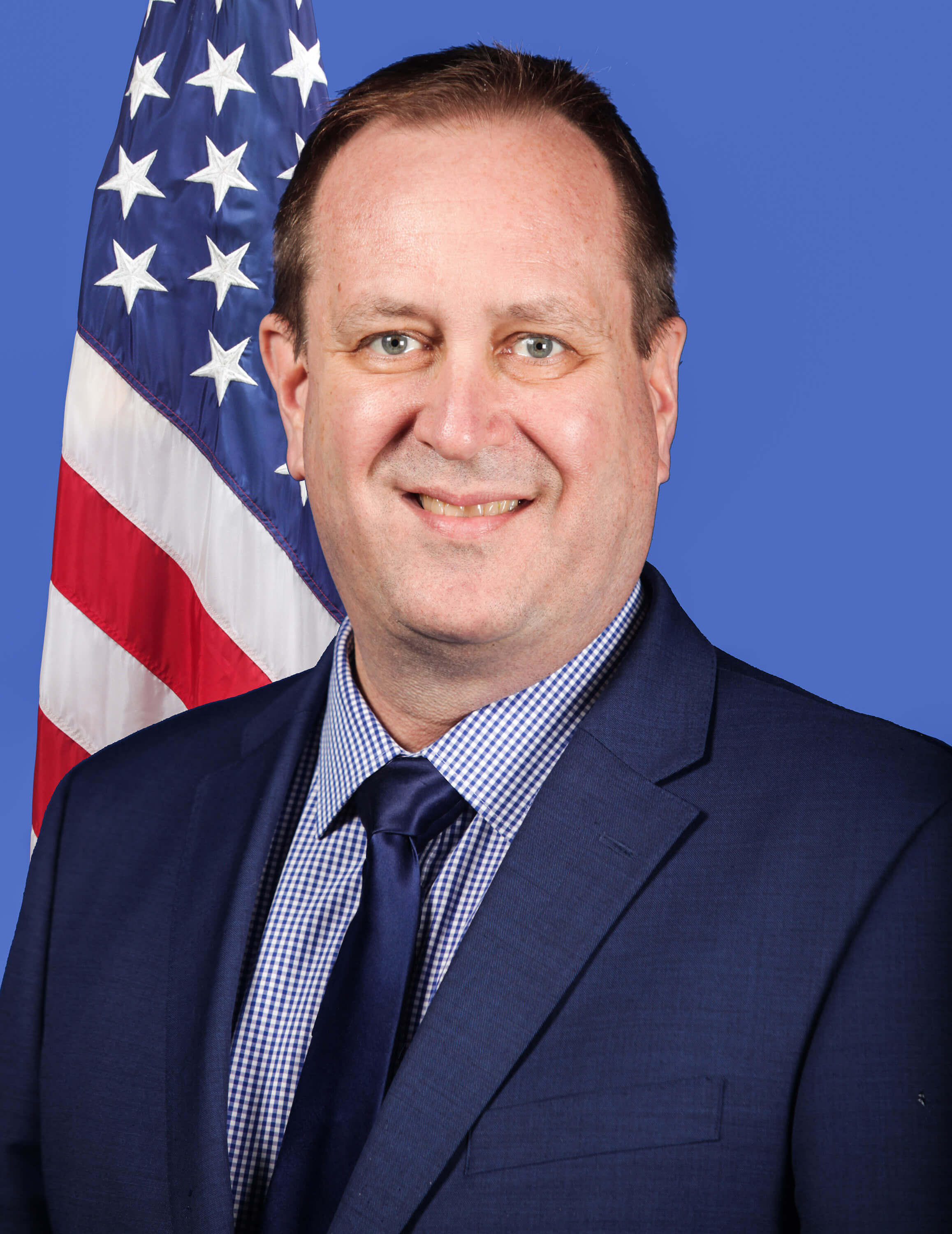
Aug. 22, 2019

Q: The FAA has made great strides in the past two years moving forward with integration of small UAS within direct line of sight and in low-altitude airspace, much of which has been done in conjunction with local communities and industry partners. What does the FAA have planned in terms of expanding on that progress for beyond visual line of sight (BVLOS) and above 400 feet in controlled airspace?
The recent advanced notice of proposed rulemaking for safe and secure UAS operations solicits public comment on several different aspects of BVLOS operations. Meanwhile,
we continue to issue Part 107 waivers for BVLOS operations. The Partnership for Safety Program (PSP) establishes a working relation-ship between the FAA and the applicants, and the principles and procedures for early identification of critical issues and early planning. It forms the foundation from which to share data, build mutual trust, leadership and team-work, and outlines the best industry and FAA practices to reach these goals.
Q: What technologies do you think will be key to success with integration for BVLOS and above 400 feet?
Remote ID is crucial to the FAA’s UAS integration efforts. We need remote ID for routine BVLOS operations and package delivery; operations in congested, low-altitude airspace as part of unmanned traffic management; and for the continued safe operation of all aircraft in the shared airspace system. Ultimately, remote ID is a crucial component of UAS traffic management, and it will enable much more high-volume, low-altitude UAS operations. Security and safety align in this requirement.
Q: How is the agency continuing to work with industry, local communities and states to build on the work to date?
Several Integration Pilot Program (IPP) participants – Choctaw Nation, San Diego, Kansas DOT, Reno – have conducted or are planning BVLOS operations. Our work with IPP partners around the country is paving the way for full integration of UAS into the NAS. It is designed to enable more complex UAS operations in American communities – real-world operations. FAA is working to provide tools and information to law enforcement to assist in handling UAS situations at the state and local levels.
Q: Many would like to see an expedited waiver process since waivers are taking quite a bit of time. Is the agency planning to make changes to that process, and how could timeframes be shortened?
We do our best to review and approve or disapprove waiver requests within 90 days of submission, with many now taking less than 30 days. Processing times vary based on the complexity of the request and the completeness of the initial application. LAANC provides airspace authorizations for certain UAS operations in controlled airspace. It is a big step forward in automating systems to support the volume of UAS operations. The FAA Drone Zone brought the waiver request process online to help expedite processing. We continue to work on making certain operations routine, for example, through our NPRM for UAS operations at night over people.
Q: How will the language in the FAA reauthorization legislation change the focus for the agency?
The FAA Reauthorization Act of 2018 is a welcome development that supports the integration of UAS while maintaining the overall safety and security of the NAS. Our initial impression of the bill shows that we are on the right track. The reauthorization establishes full FAA authority over all UAS operating in the NAS and facilitates the expansion of the FAA’s education and enforcement campaigns.


 International Business Aviation Council Ltd.
International Business Aviation Council Ltd.